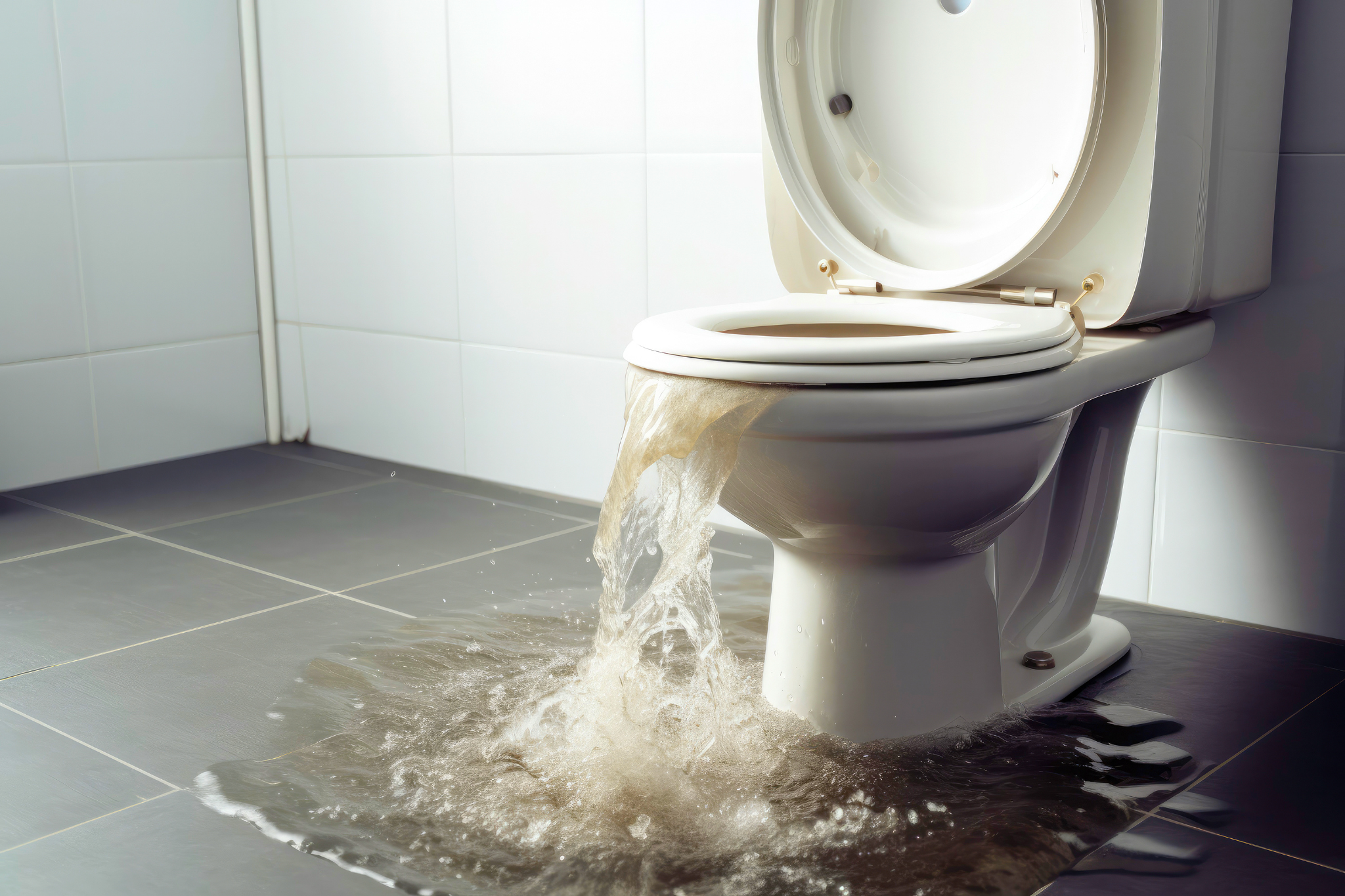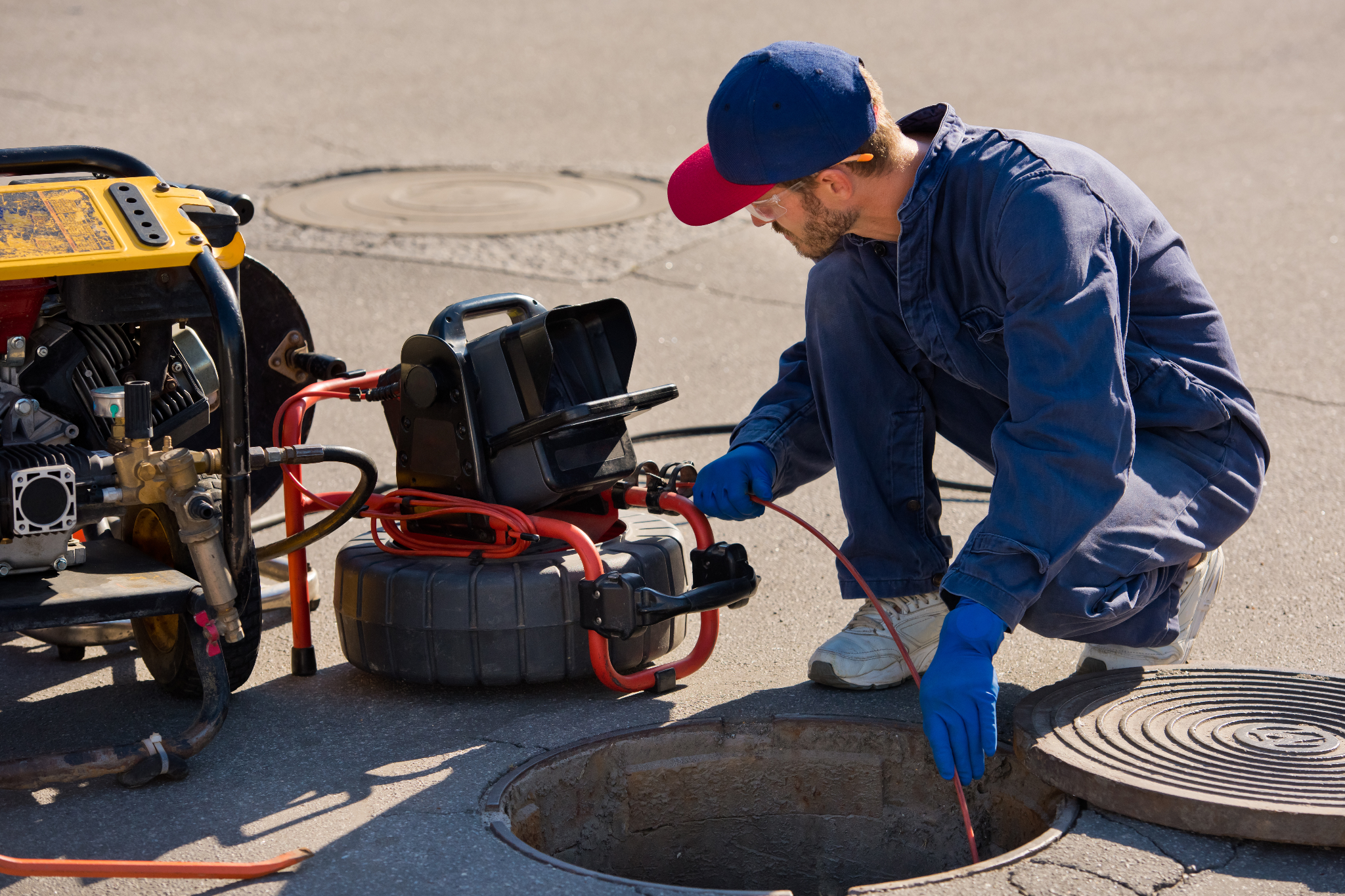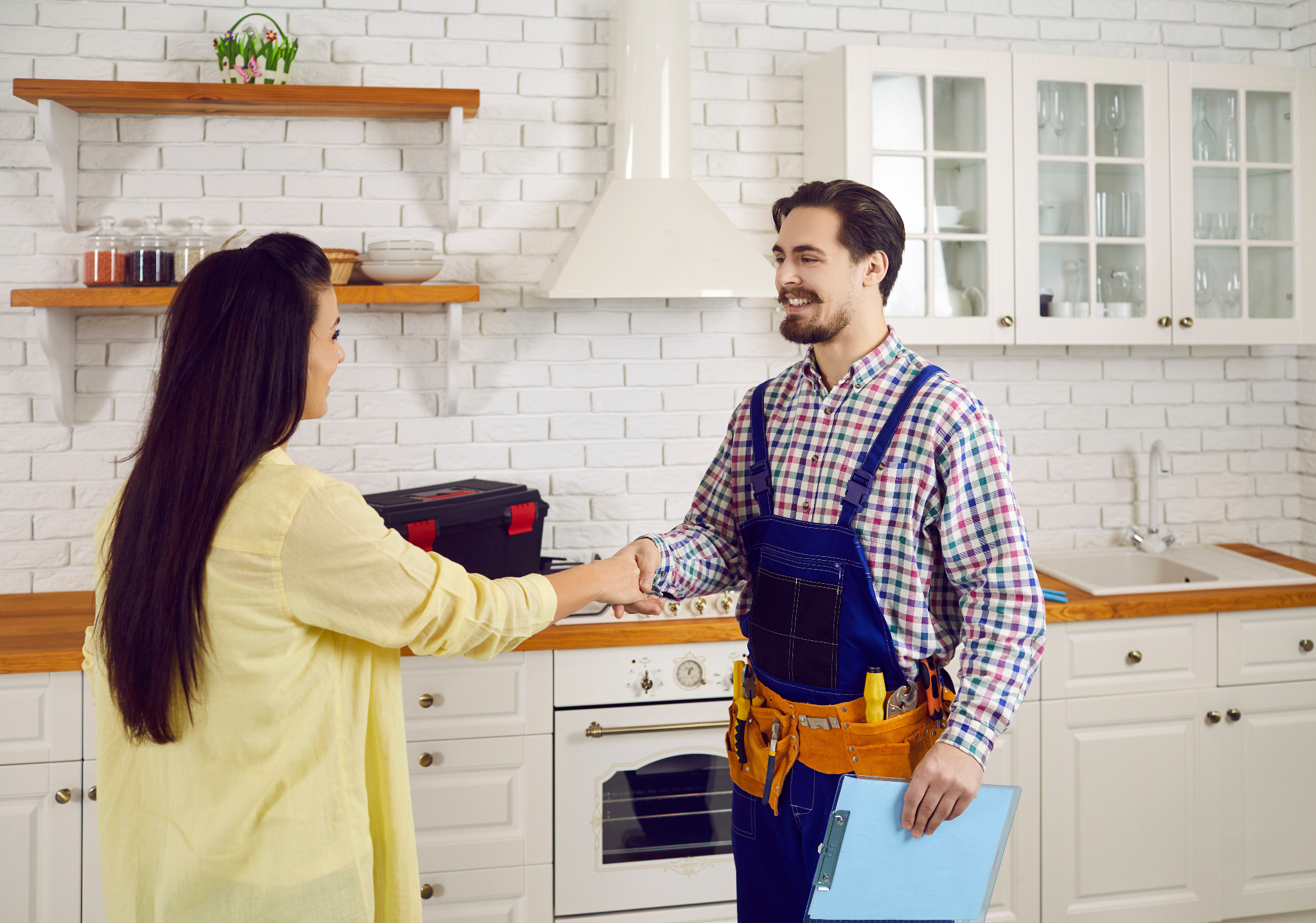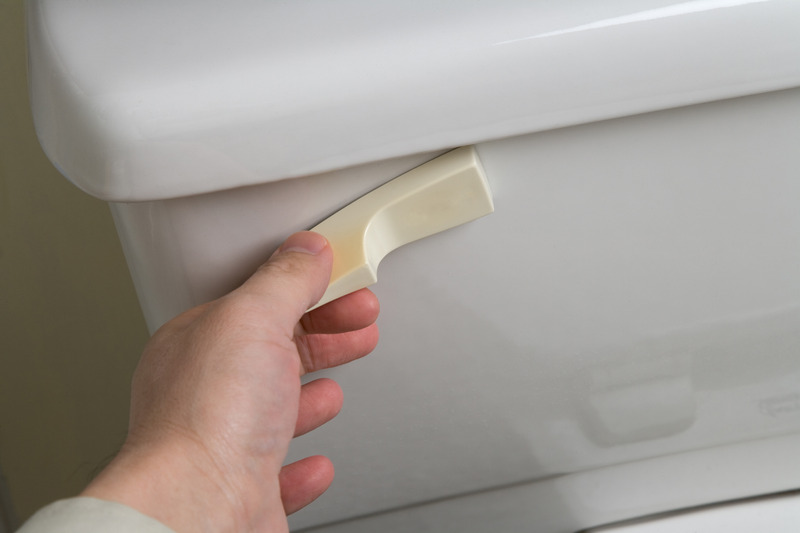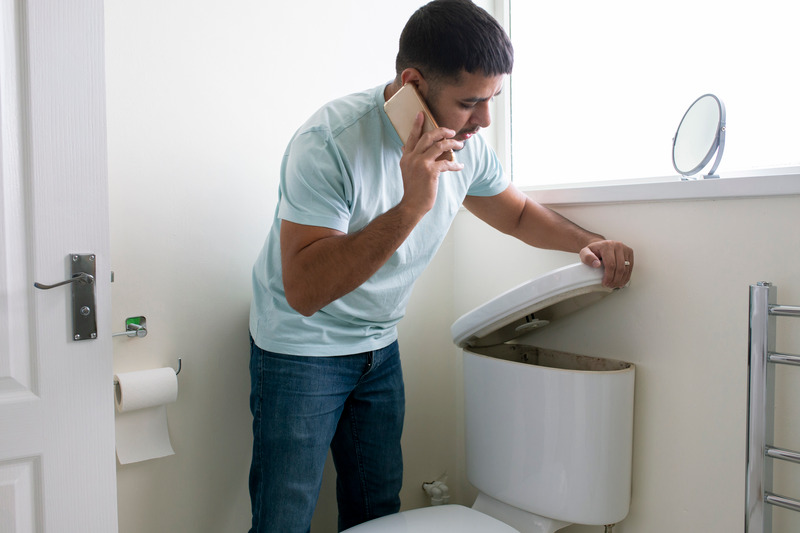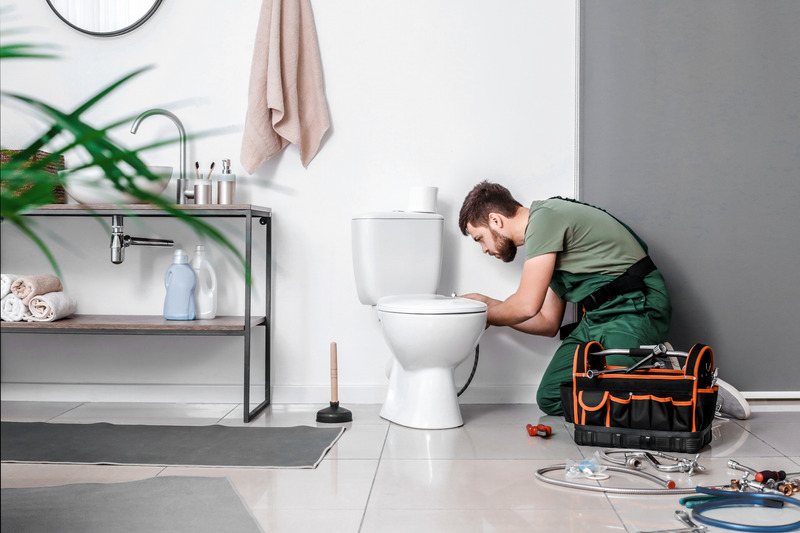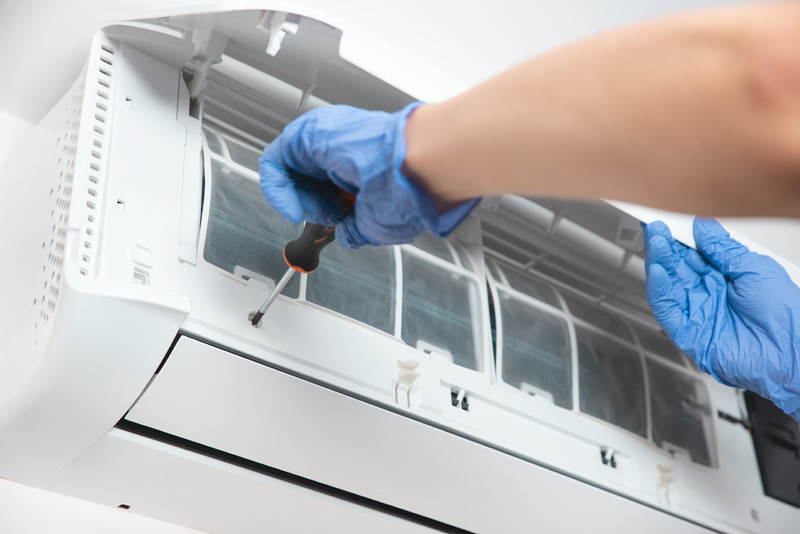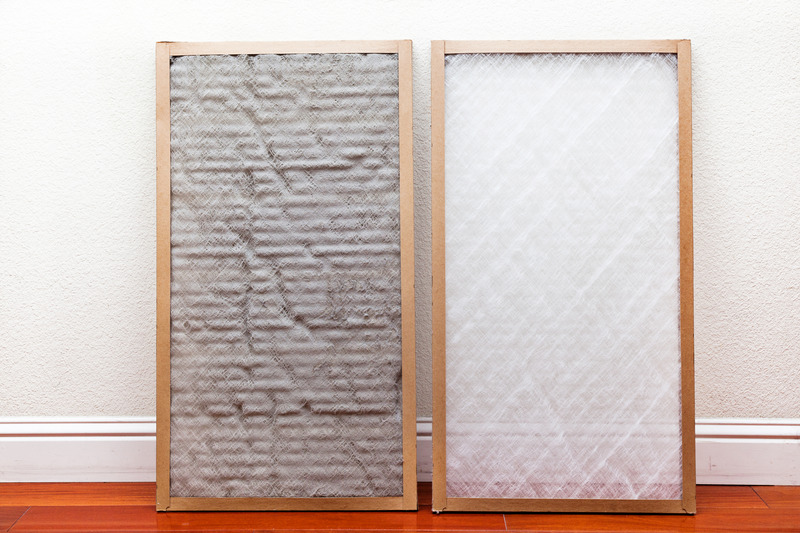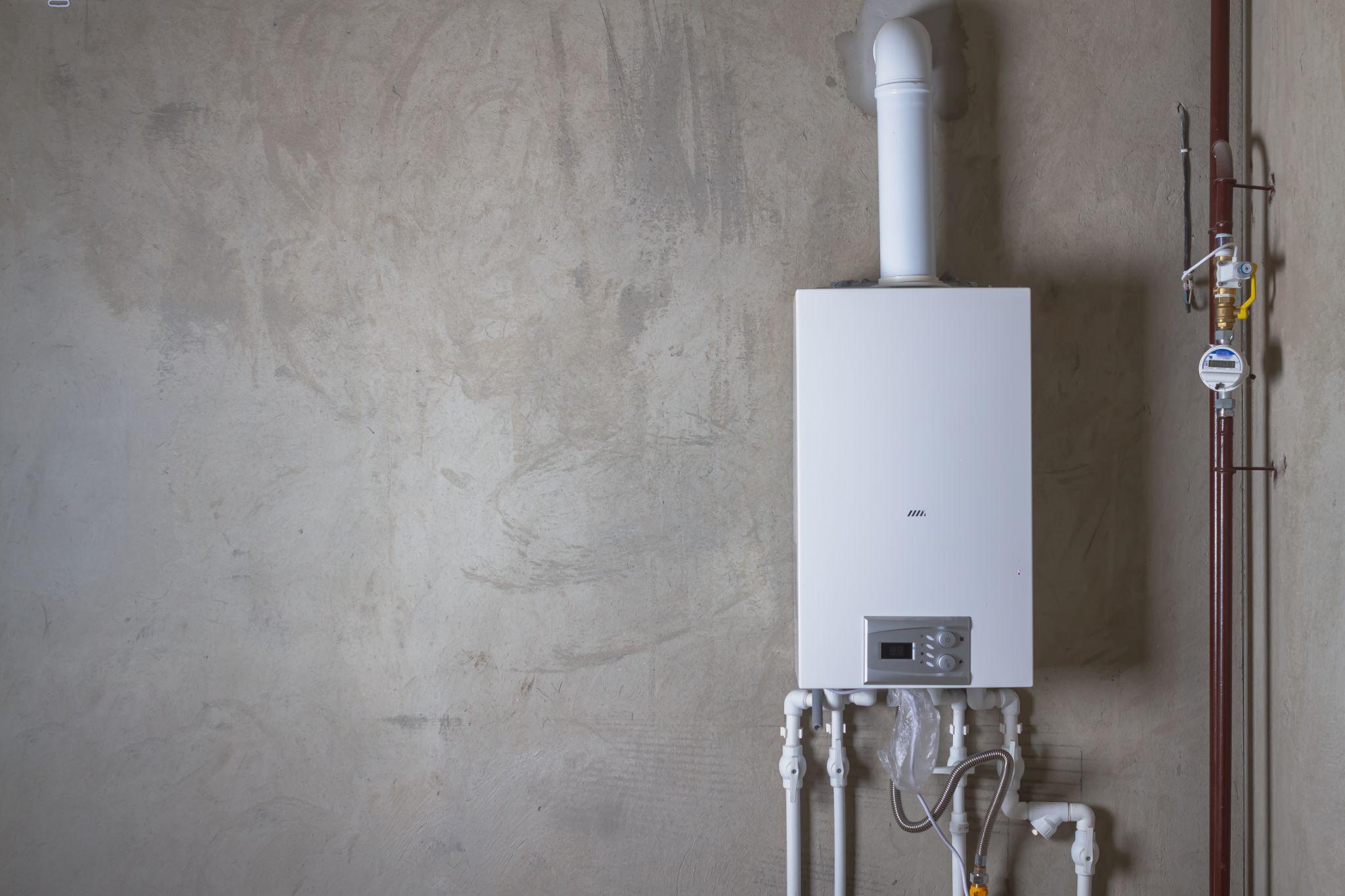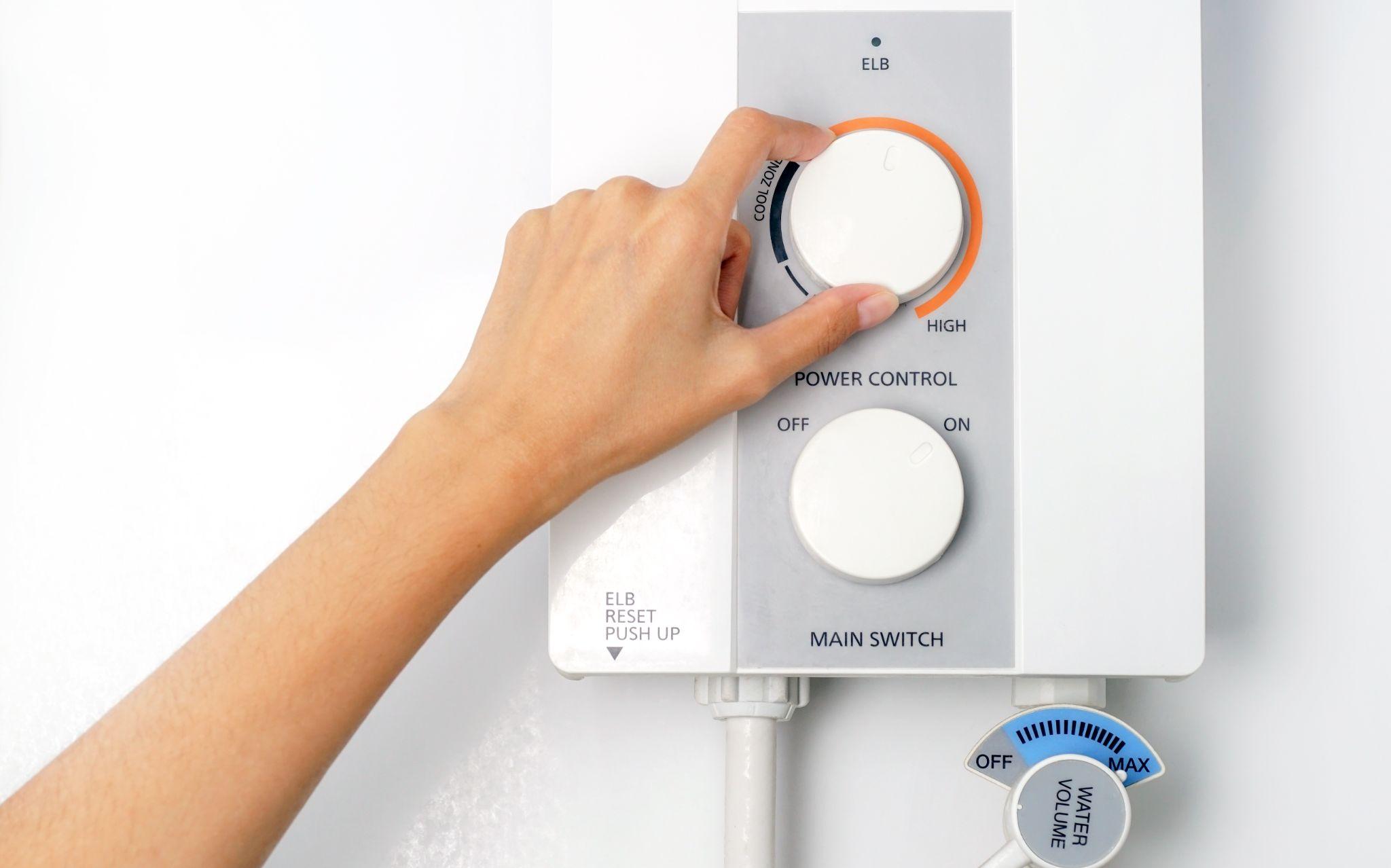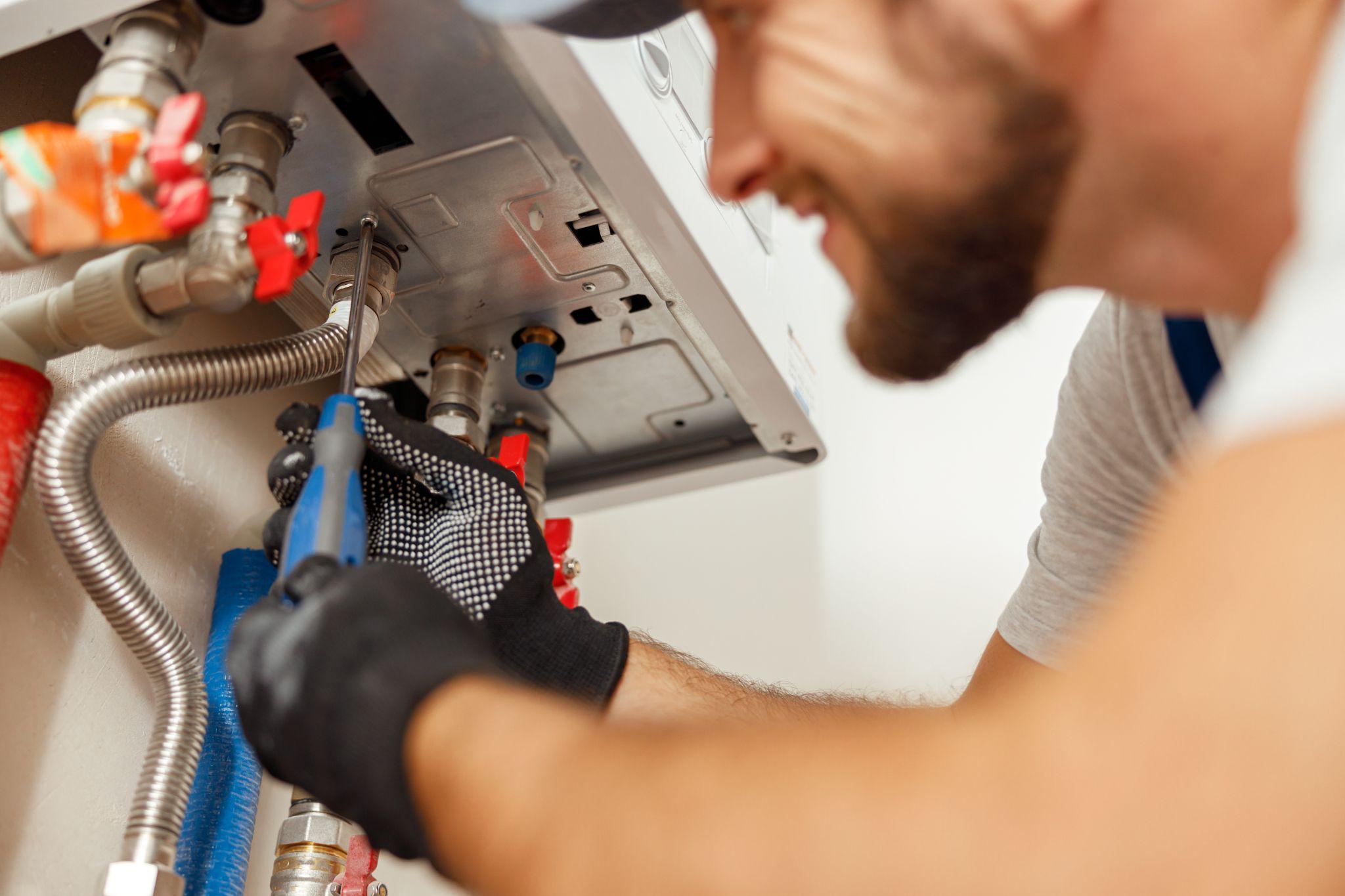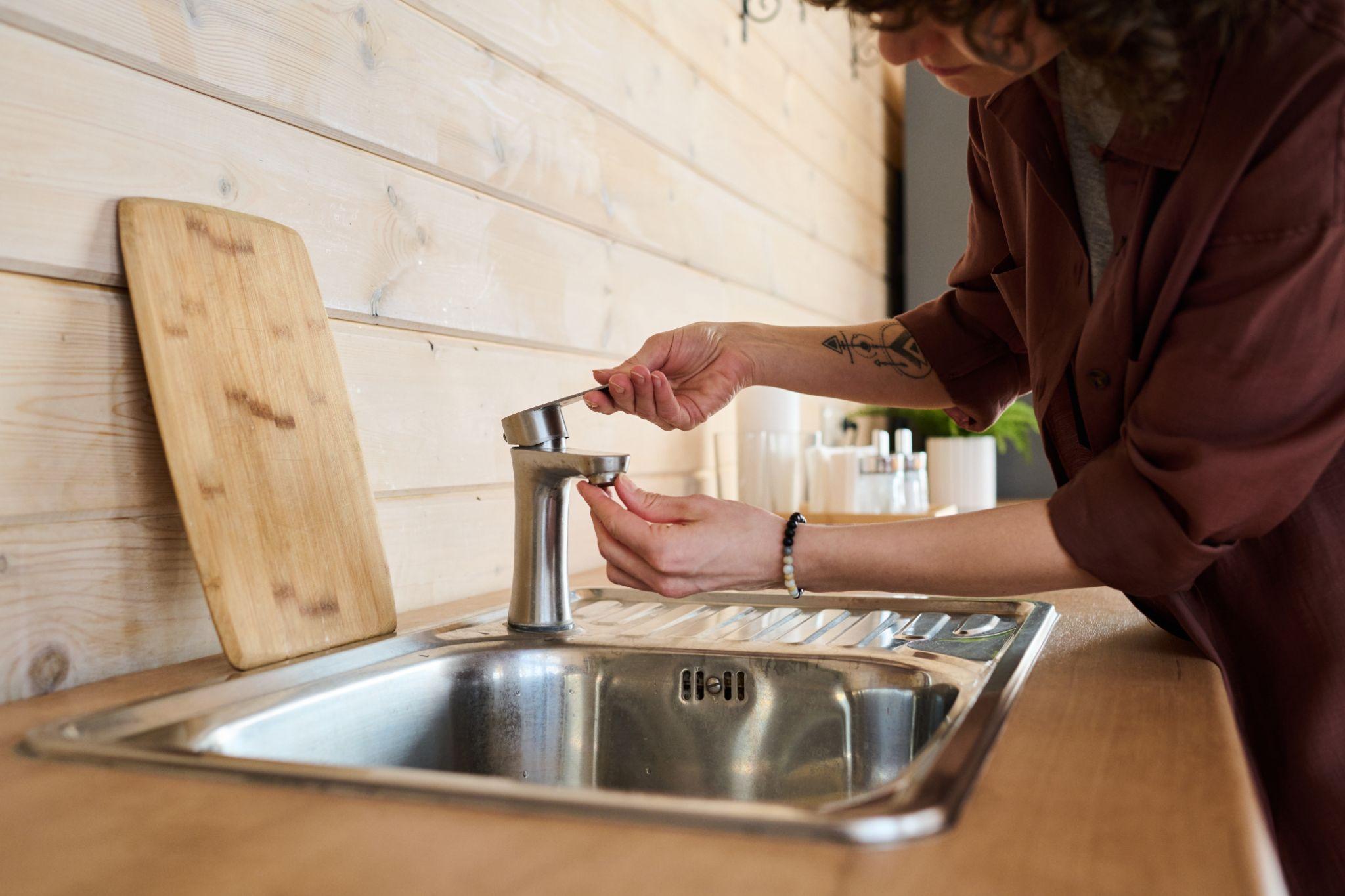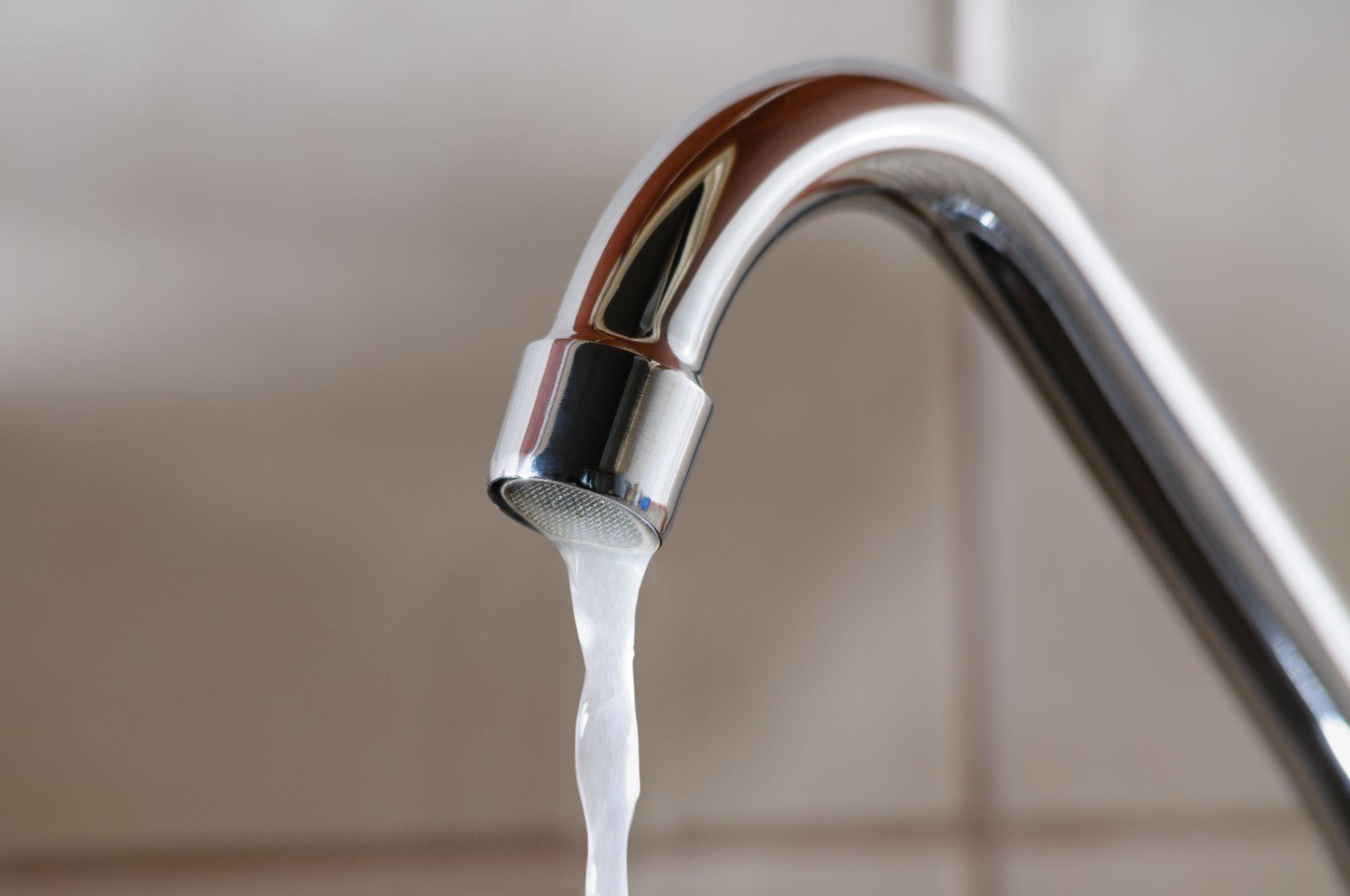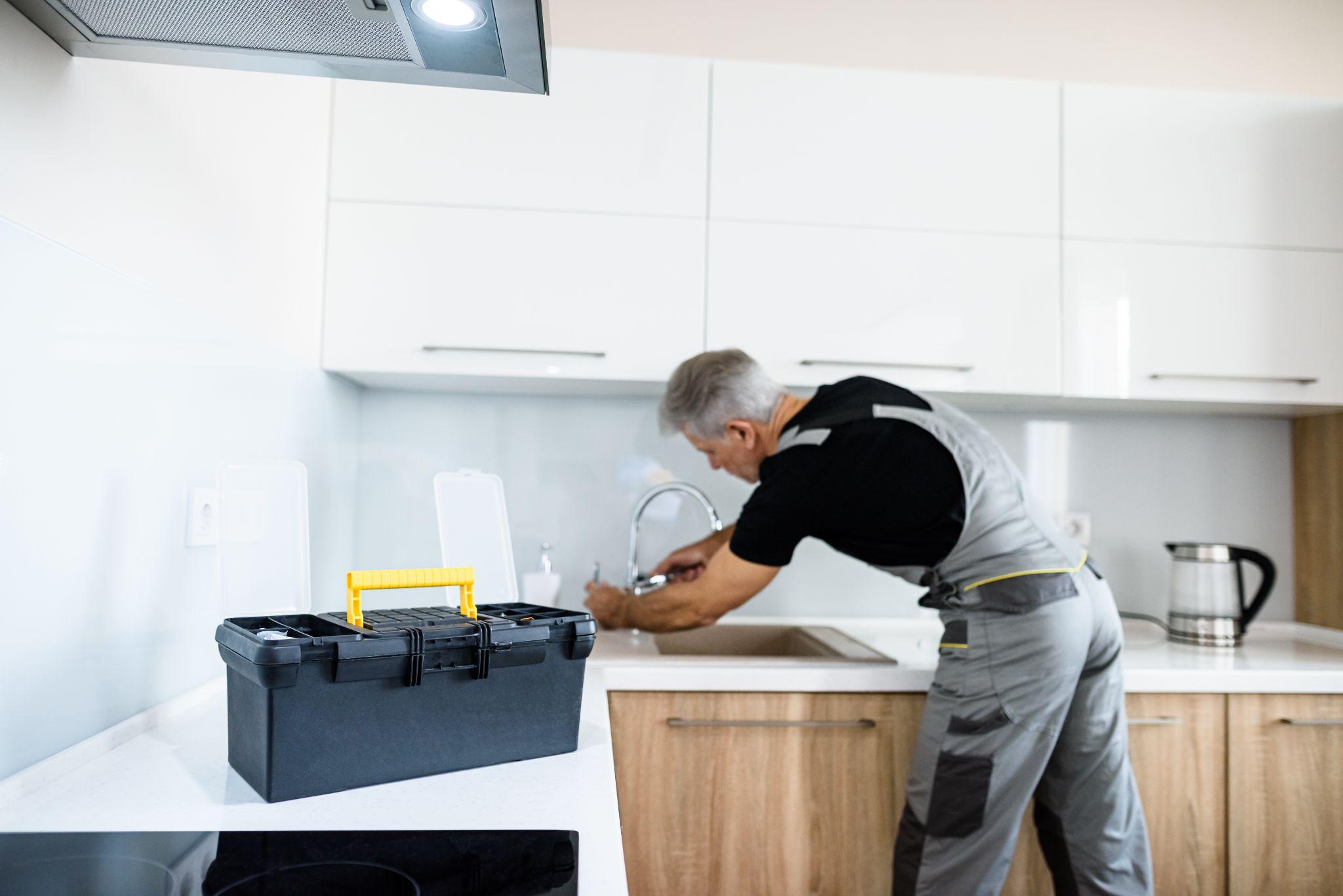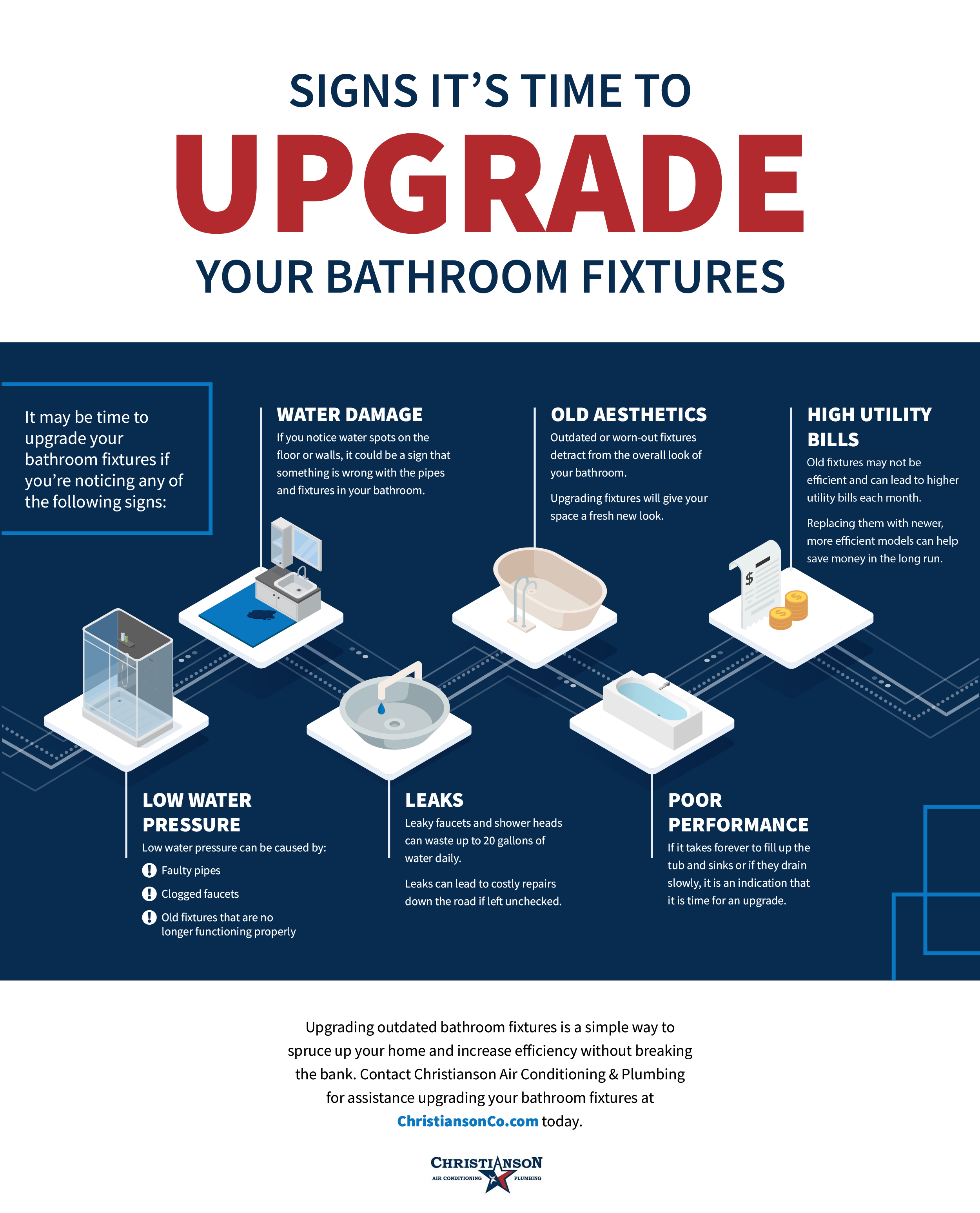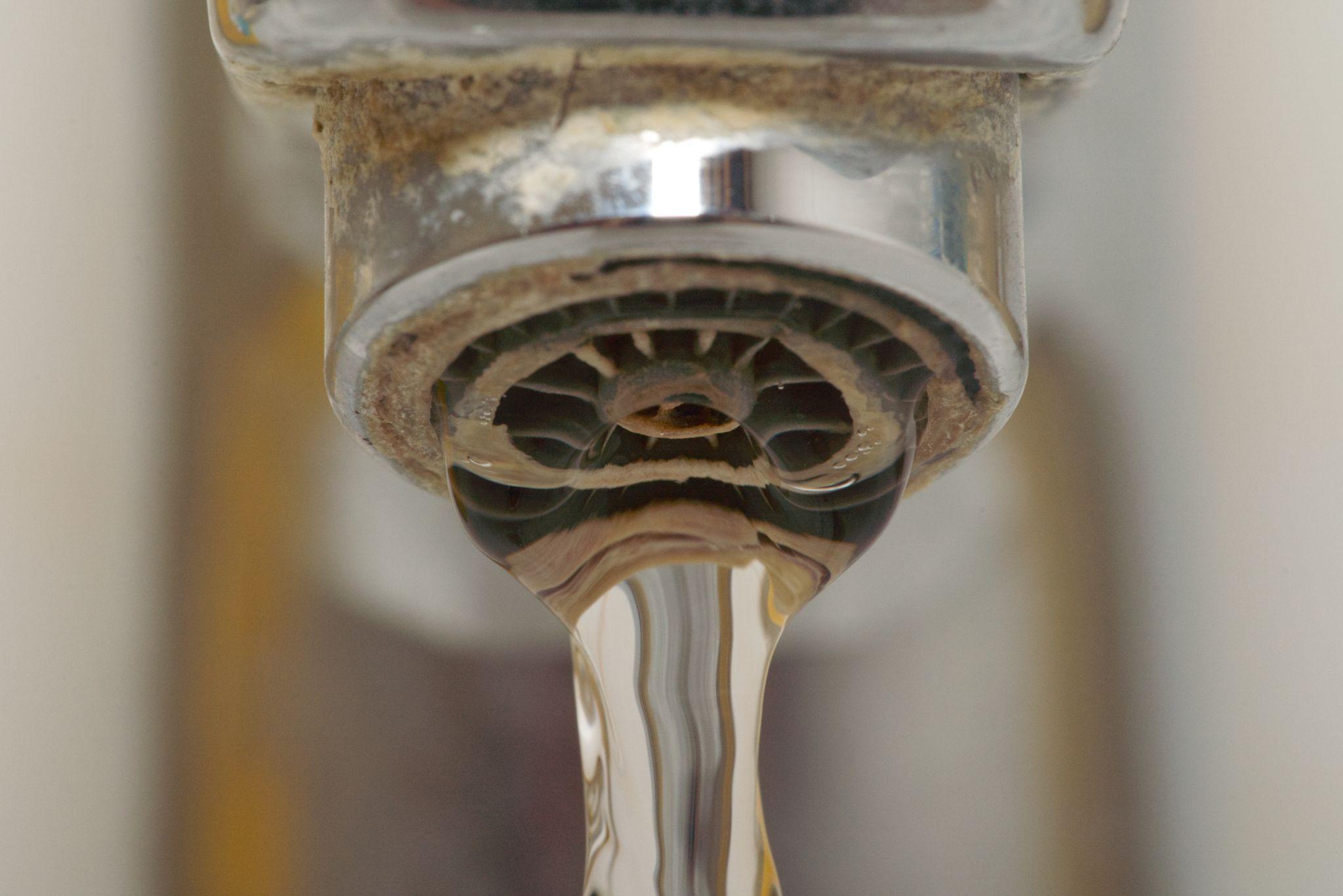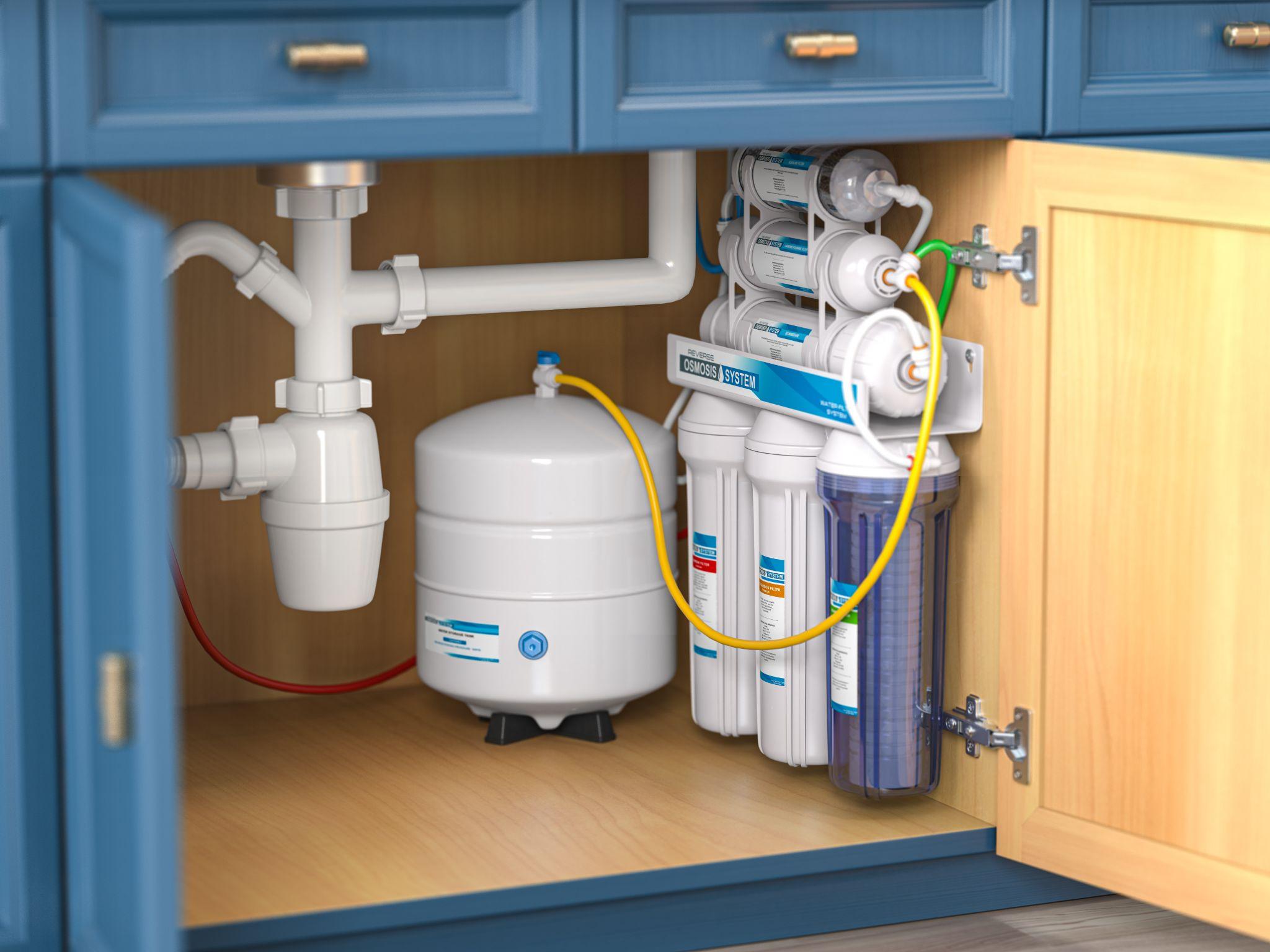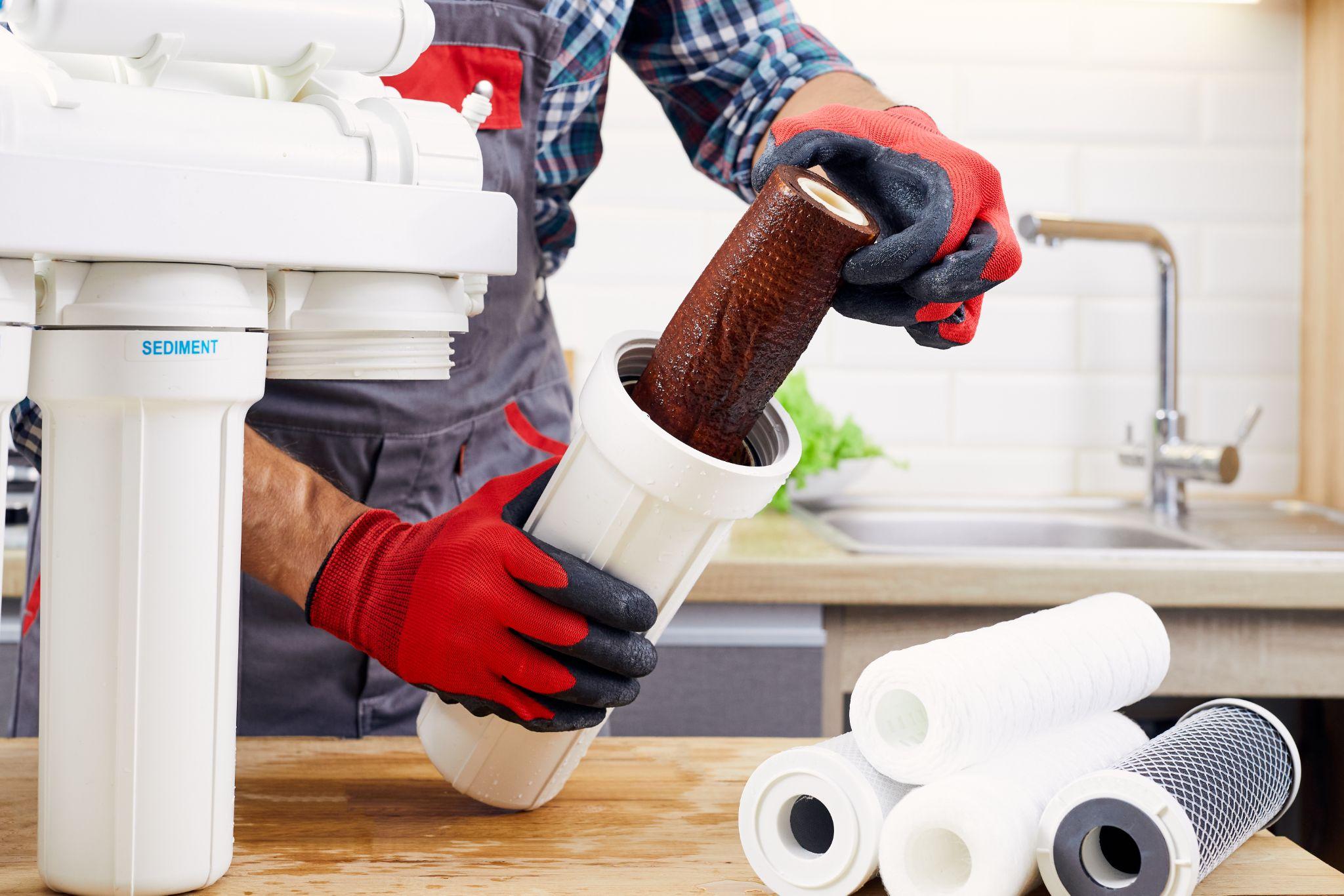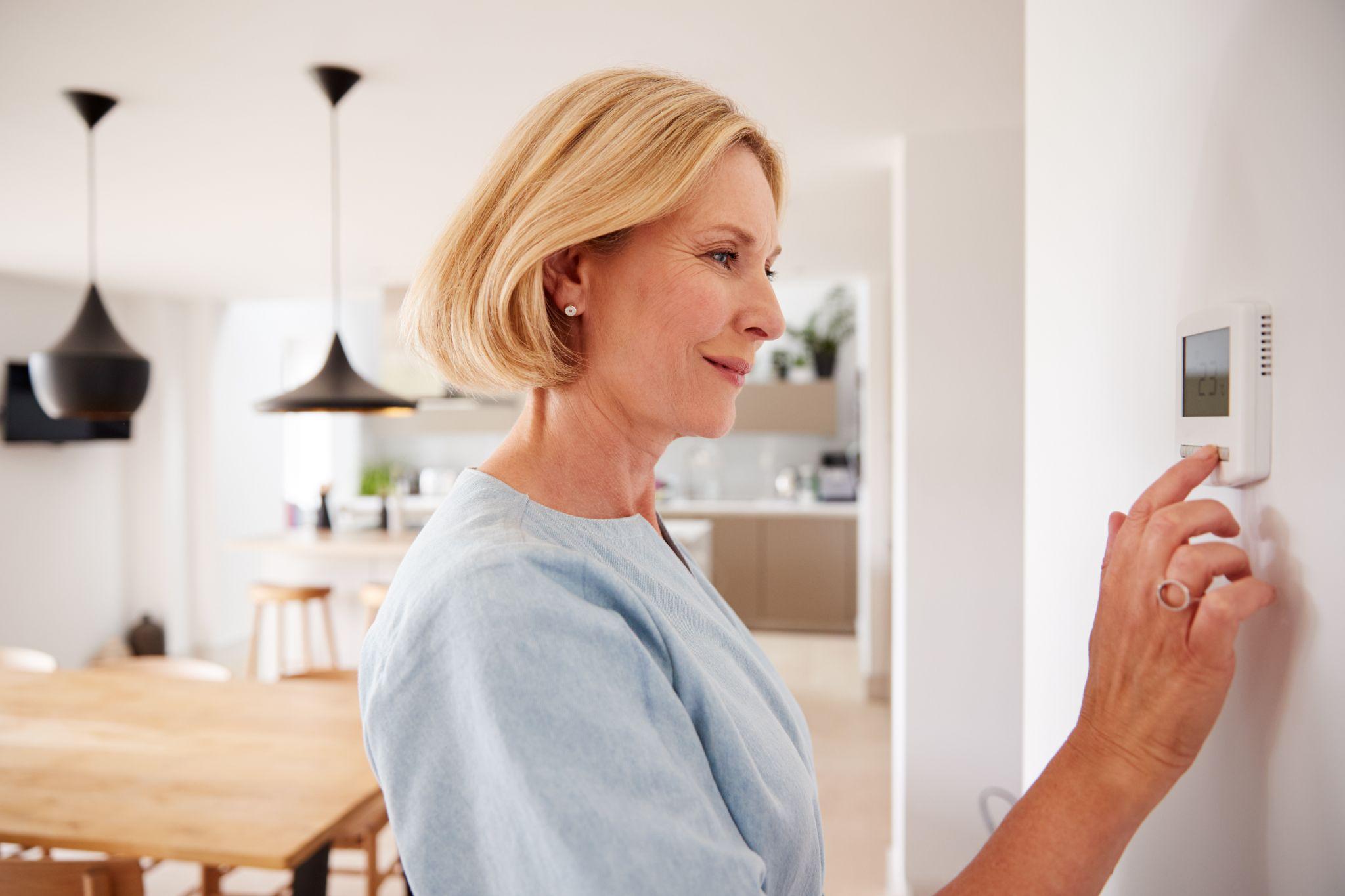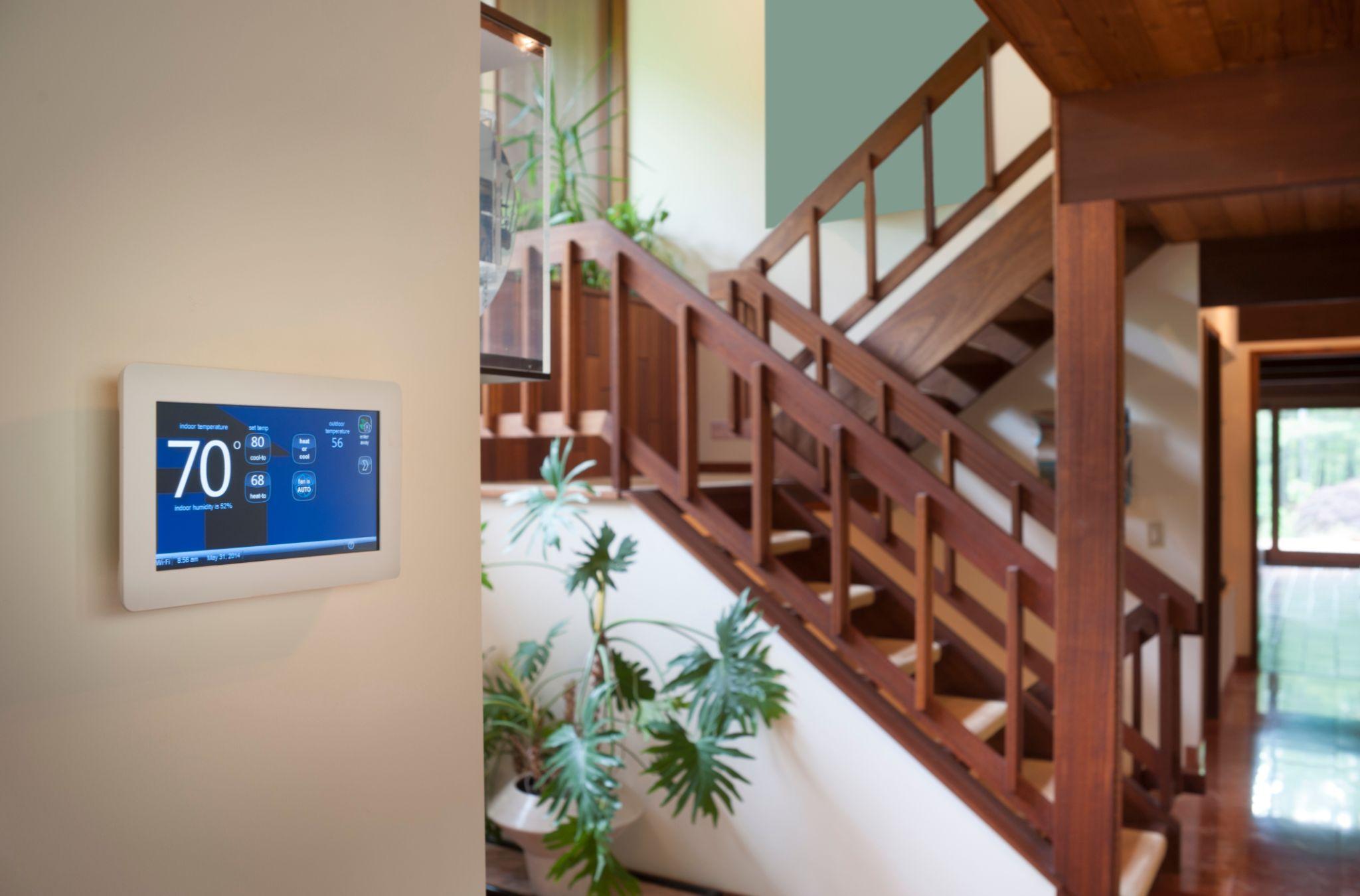How to Get Hot Water Faster
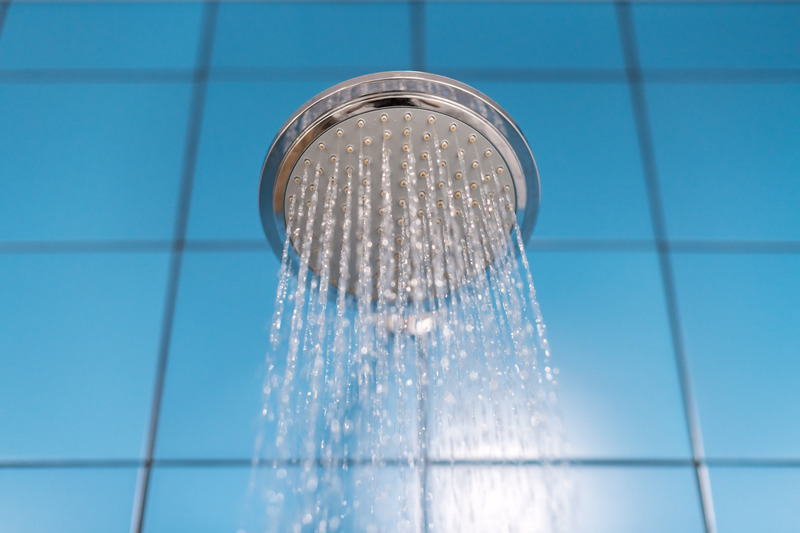
When you’re getting ready for work in the morning or preparing for bed at night, waiting for the water to get hot can feel like an eternity. If you’ve often found yourself murmuring, “The water takes forever to get hot,” you’re not alone. Here at Christianson Air Conditioning & Plumbing, we’ve compiled a list of effective methods that can help you get hot water faster.
Understanding Your Water System
Have you ever wondered about the mechanisms behind the seemingly simple process of getting hot and cold water from your faucets? One main factor is your water heater. The average water heater can take a while to warm up the water, especially if the pipes are not well insulated, leading to that all-too-familiar problem: waiting for the water to get hot.
Going Tankless
With advancements in technology and a few home improvement tricks, you can significantly reduce your wait time. One solution to consider is the tankless water heater. Unlike traditional units, tankless water heaters provide instant hot water by heating the water on demand rather than storing it. They are more energy-efficient and eliminate the waiting time, making them a popular choice for homeowners desiring faster hot water.
Insulating Your Water Pipes
Another approach is to insulate your water pipes. Insulated pipes can help to maintain the temperature of the water as it travels from your heater to the tap, ensuring that the hot water arrives quicker. This can be a simple and cost-effective method, especially for homes in colder regions.
Installing a Hot Water Recirculation System
A hot water recirculation system is another excellent option. This system keeps a constant flow of hot water in the pipes, allowing you to get hot water almost immediately. It might be a more significant investment initially, but it can save a lot of time and water in the long run.
While these methods can help you achieve faster hot water, it’s essential to consult with a licensed plumbing company like Christianson Air Conditioning & Plumbing. With our vast experience serving Central Texas, we understand the unique needs and constraints of our clients and can provide you with tailored solutions.
Faster Hot Water, Better Life
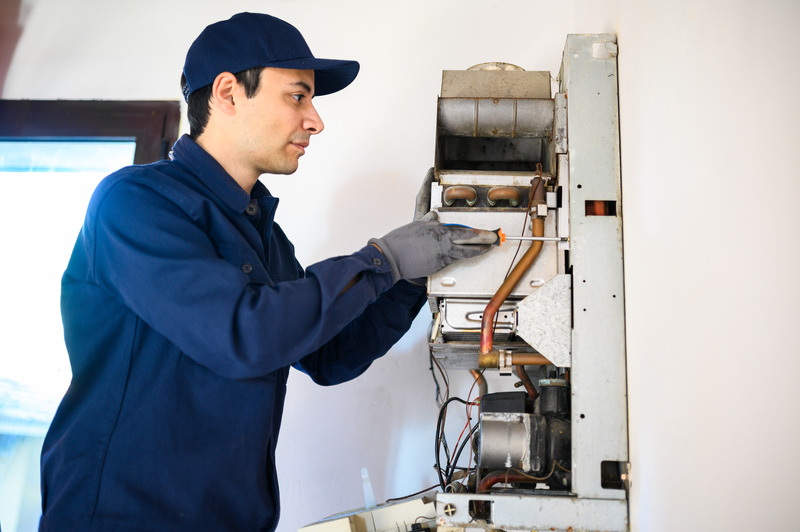
Remember, the way you handle your hot and cold water can significantly impact your daily routine and energy consumption. Waiting for hot water should not be a part of your daily struggles. Implementing these solutions can lead to more efficient mornings and less wastage, both of time and resources.
Trust Christianson Air Conditioning & Plumbing For All of Your Hot Water Needs
Are you ready to enjoy faster hot water in your home? Contact Christianson Air Conditioning & Plumbing today. Our team of expert plumbers is ready to assess your needs and provide the best solutions tailored to your home. Don’t let your water take forever to get hot—let us make your life more efficient, starting with your hot water system.
» Comments Off on How to Get Hot Water Faster



